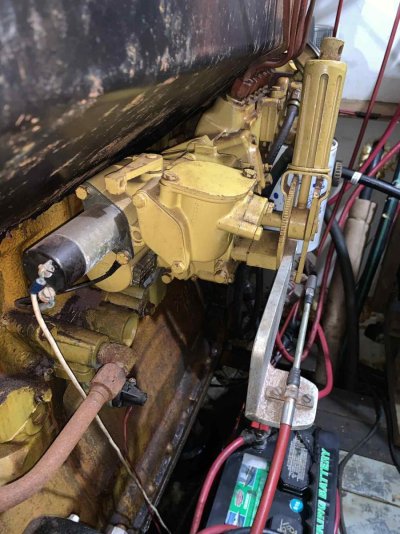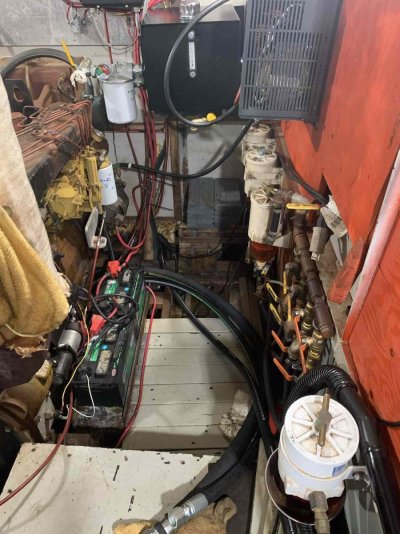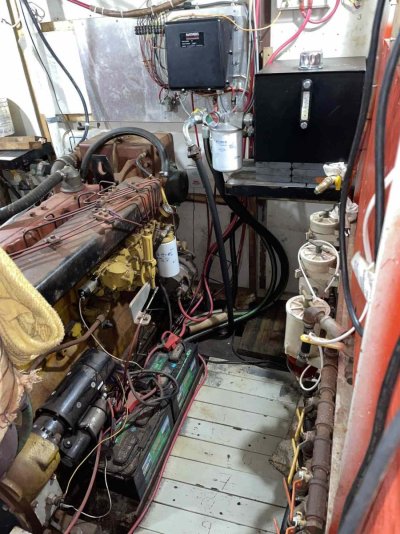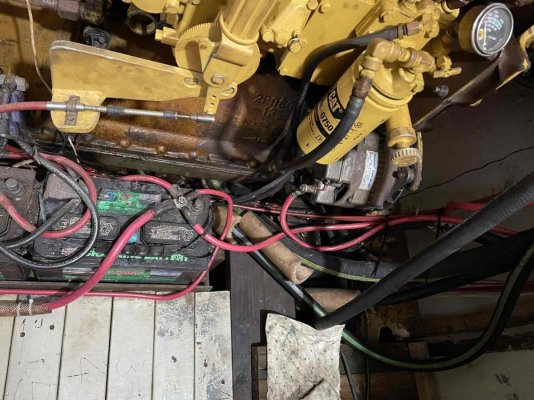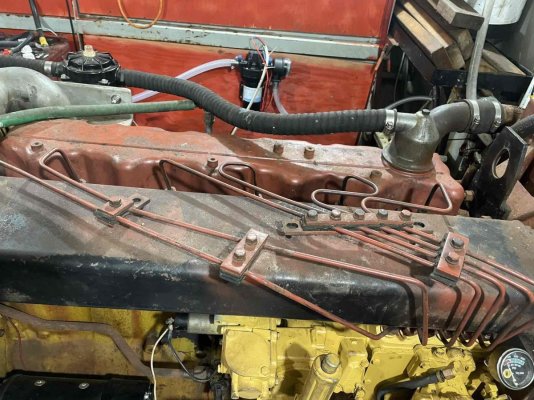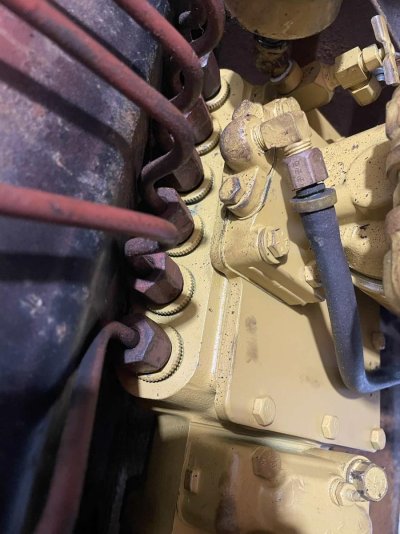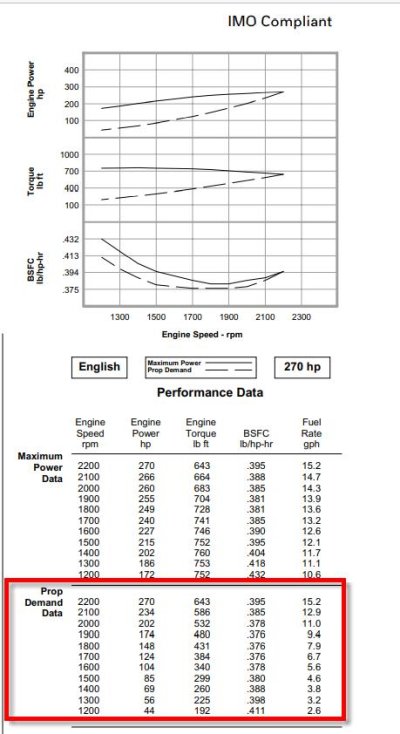LeoKa
Guru
- Joined
- Apr 15, 2017
- Messages
- 1,150
- Location
- USA
- Vessel Name
- Ironsides
- Vessel Make
- 54' Bruce Roberts steel sailboat hull, coastal LRC, 220HP CAT 3306.
My single engine feeds from the starboard tank. The fuel comes out of the bottom of the tank and goes through rancor filters and the engine’s fuel filter. The return goes into the same tank on the top. The engine was built in 1986, so it has a metered governor/fuel injection pump.
I would like to figure out the consumption of this engine. Is there an easy and affordable solution to incorporate a flow meter somehow? Has anyone figured this out?
I know I could just start with a full tank and run some miles and fill up again. The tank is 400 gallons and I do not plan to buy diesel just for this purpose. It would be a very costly test. Plus, I would like to figure out the consumption at different rpm’s. I do not need high accuracy. I just want to know approx what I need to a certain distance, before I plan longer voyages in the near future.
Thanks.
I would like to figure out the consumption of this engine. Is there an easy and affordable solution to incorporate a flow meter somehow? Has anyone figured this out?
I know I could just start with a full tank and run some miles and fill up again. The tank is 400 gallons and I do not plan to buy diesel just for this purpose. It would be a very costly test. Plus, I would like to figure out the consumption at different rpm’s. I do not need high accuracy. I just want to know approx what I need to a certain distance, before I plan longer voyages in the near future.
Thanks.

